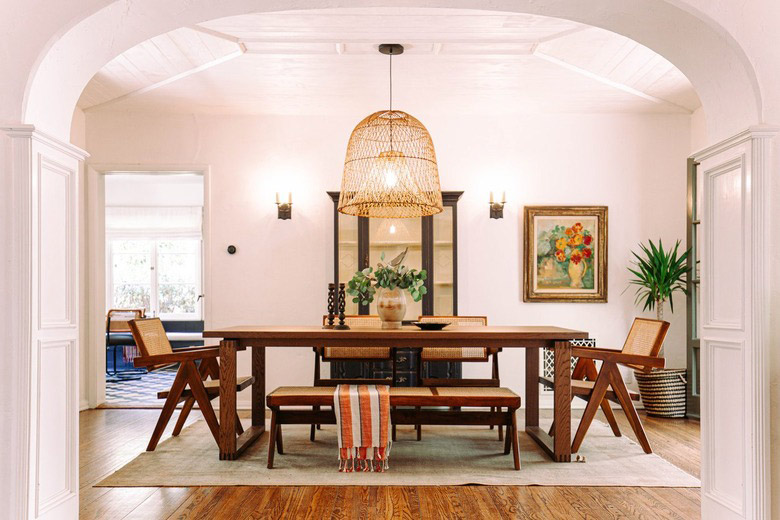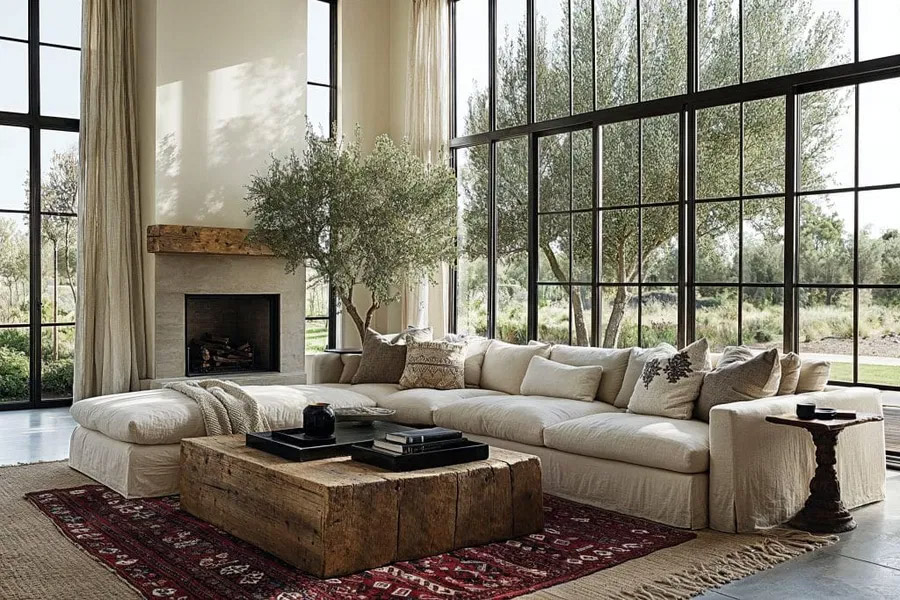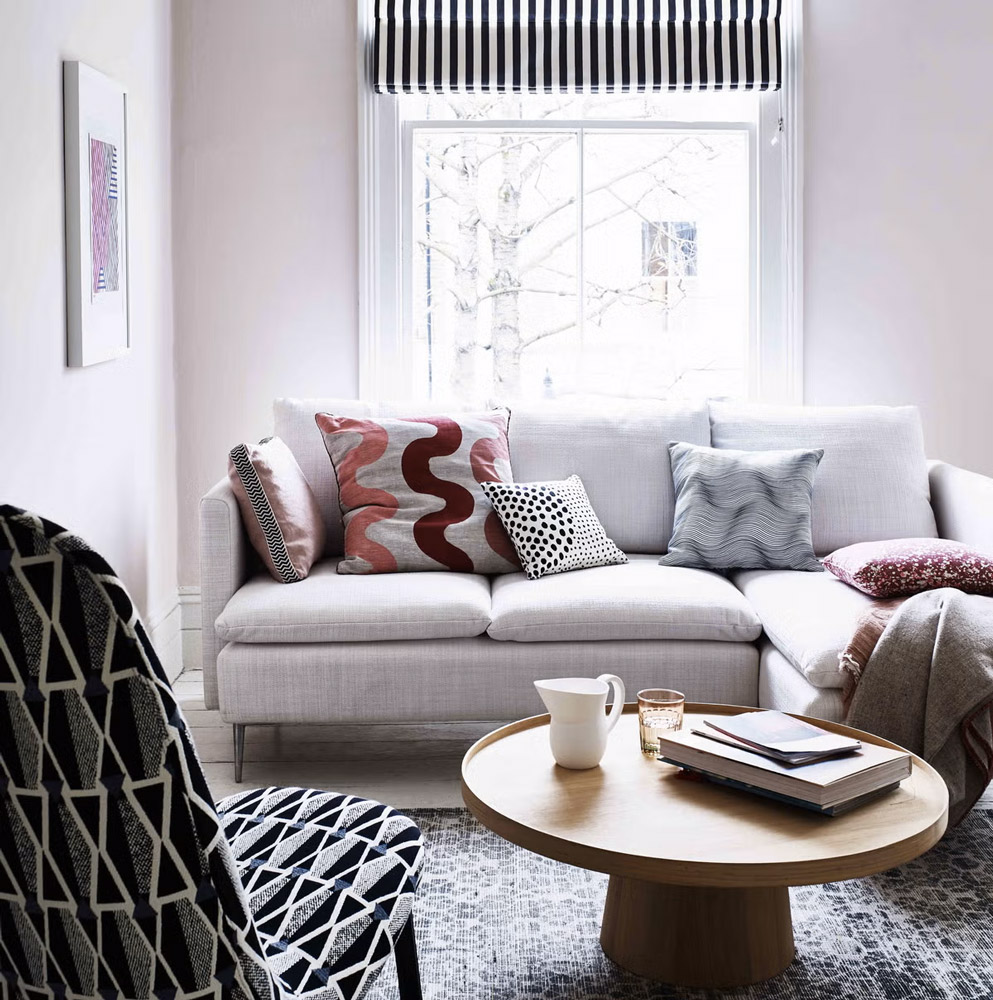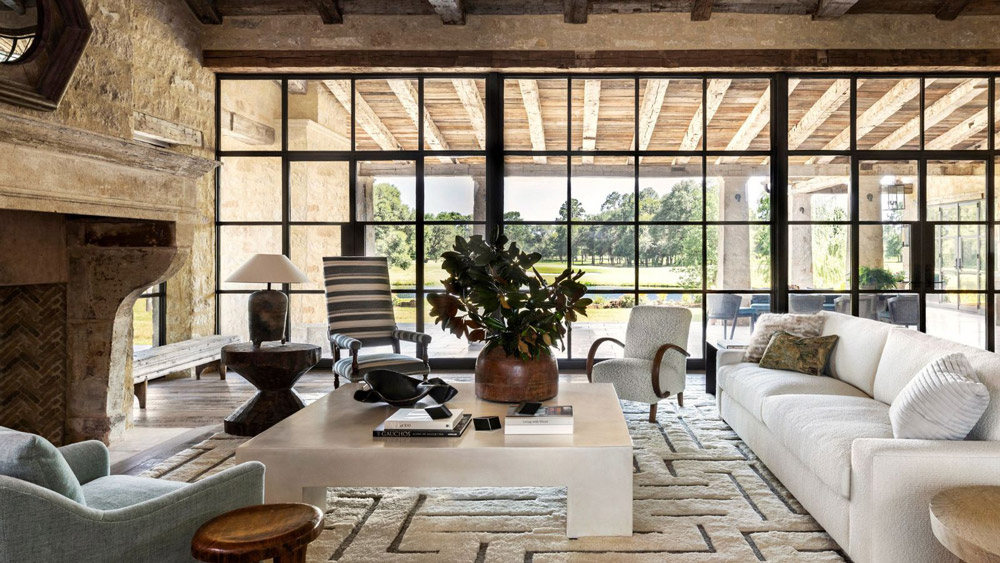Home décor trends evolve over time, and what once felt fresh and stylish can quickly begin to feel stale or outdated. A dated room doesn’t just affect how your home looks — it can impact how it feels, your overall mood, and even your home’s value. Fortunately, many of the most common design mistakes are easily fixable with thoughtful updates. Whether you’re preparing your home for sale or simply want to modernize your space, here’s how to spot and solve the décor choices that are making your room feel stuck in the past.
Contents
- 1. Matching Furniture Sets That Lack Personality
- 2. Outdated Light Fixtures and Poor Lighting Design
- 3. Incorrect Window Treatments
- 4. Dated Paint Colors and Wall Finishes
- 5. Flooring That Dates the Entire Room
- 6. Over-Themed or Trend-Heavy Décor
- 7. Poor Furniture Layout and Scale
- 8. Cluttered Styling and Too Many Accessories
- 9. A Lack of Personalization and Character
- 10. Fixing a Dated Room on a Budget
- Conclusion: Creating a Timeless Yet Personalized Space
1. Matching Furniture Sets That Lack Personality
Decades ago, matching furniture sets were seen as a symbol of a well-coordinated room. But today, overly coordinated pieces — like identical sofa, loveseat, and armchair combinations — can make a room feel flat, predictable, and lacking in personality.
Why it feels outdated: Matching sets often make a room look like a showroom rather than a lived-in space. The lack of contrast and variety can cause visual fatigue.
Fix it: Instead of relying on sets, curate a mix of furniture styles and finishes. Pair a structured modern sofa with a vintage wooden coffee table or mix metal finishes for visual interest. Balance is key: aim for cohesion through color or material, not identical shapes or silhouettes.
2. Outdated Light Fixtures and Poor Lighting Design
Lighting is one of the most overlooked elements in interior design, but it has a profound effect on how a space looks and feels. Fixtures like flush-mount dome lights (“boob lights”) or builder-grade ceiling fans often age a room instantly.
Why it feels outdated: Poor lighting makes even well-decorated rooms feel dull. Old fixtures signal that the space hasn’t been refreshed in years.
Fix it: Upgrade light fixtures with timeless designs in aged brass, matte black, or brushed nickel. Incorporate layers of lighting — ambient, task, and accent — to create depth and flexibility. Consider adding floor or table lamps to supplement overhead lighting.

3. Incorrect Window Treatments
Window treatments significantly impact the proportions, style, and light in a room. Unfortunately, many homes suffer from poorly chosen or improperly installed curtains and blinds.
Why it feels outdated: Heavy, low-hung drapes or plastic blinds can make a space look smaller and dated.
Fix it: Hang curtains high and wide to create the illusion of taller ceilings and larger windows. Opt for natural woven shades, linen panels, or clean-lined drapery in a neutral tone. Avoid bold patterns unless you’re deliberately aiming for a retro vibe.
4. Dated Paint Colors and Wall Finishes
Paint has a powerful influence on the mood and style of a room, but outdated colors or finishes can instantly age a space. Bold accent walls, sponge painting, or colors with strong undertones that clash with other design elements are common culprits.
Why it feels outdated: Certain colors become linked with specific decades — for example, beige-yellows in the 1990s or bold red dining rooms in the early 2000s.
Fix it: Choose timeless neutrals like warm whites, greiges, or soft muted tones. Stick with a matte or eggshell finish for walls and use satin or semi-gloss for trim. Always test colors in natural light before committing.
5. Flooring That Dates the Entire Room
Flooring is a foundational design element. Carpet in main living areas, dated linoleum, or clashing wood tones between rooms can make a house feel visually fragmented and outdated.
Why it feels outdated: Flooring covers a large surface area and quickly reveals a room’s age, especially when trends change (like dark cherry wood or orange-hued oak).
Fix it: Replace worn-out carpet with hardwood, luxury vinyl plank, or tile. If you can’t afford to replace flooring immediately, invest in large area rugs that add warmth and style while covering dated materials.
6. Over-Themed or Trend-Heavy Décor
Designing around a theme — such as nautical, farmhouse, or industrial — can quickly turn into a decorating trap. What starts as a fun, cohesive idea can end up looking gimmicky over time.
Why it feels outdated: When trends fade, themed rooms become relics of a particular era, making it harder to transition the space to a fresh look.
Fix it: Let your foundation be neutral and timeless, then layer on trends with accent pieces like pillows, artwork, or lighting. This allows you to change up your space without a full redesign.
7. Poor Furniture Layout and Scale
One of the most subtle but impactful mistakes is incorrect furniture sizing or layout. Oversized sofas, rugs that are too small, or everything pushed up against the wall can make even a modern room feel awkward and visually unbalanced.
Why it feels outdated: A poorly arranged room often signals a lack of design intention and doesn’t support the way we live today.
Fix it: Measure your room and plan your layout before purchasing furniture. Ensure at least the front legs of your seating rest on the area rug. Create conversation zones and allow furniture to “float” rather than line the perimeter.

8. Cluttered Styling and Too Many Accessories
Accessories add character to a space, but too many — especially small, mismatched, or low-quality ones — can result in visual noise and a sense of chaos.
Why it feels outdated: A cluttered room lacks breathing space and can feel overwhelming rather than cozy.
Fix it: Embrace minimalism when it comes to accessories. Group objects in odd numbers, mix textures, and allow some negative space on surfaces. Less is often more.
9. A Lack of Personalization and Character
Rooms that look like they came straight from a catalog may feel clean and cohesive, but they also risk feeling cold and impersonal.
Why it feels outdated: Without unique touches, your home can quickly feel generic and lifeless.
Fix it: Incorporate pieces that tell your story — a vintage mirror from a family member, artwork collected from travels, or handmade ceramics. Personalization gives a space soul and transcends trends.

10. Fixing a Dated Room on a Budget
You don’t need to overhaul everything to refresh your space. Start with these high-impact, low-cost upgrades:
- Swap outdated hardware on cabinets and drawers
- Update throw pillows and blankets with current colors or textures
- Replace old light switch plates and outlet covers
- Paint just the trim or doors in a bold but timeless shade
- Add plants or greenery to breathe life into the room
Small changes can create a big difference and help your home feel intentional and up-to-date.
Conclusion: Creating a Timeless Yet Personalized Space
Designing a home that feels current doesn’t mean chasing every trend — in fact, the opposite is true. By focusing on timeless foundations, thoughtful personalization, and occasional style refreshes, you can create a space that evolves with you rather than working against you. Take a step back, evaluate each room with fresh eyes, and start with the simplest updates. Over time, your home will feel both timeless and uniquely yours.

